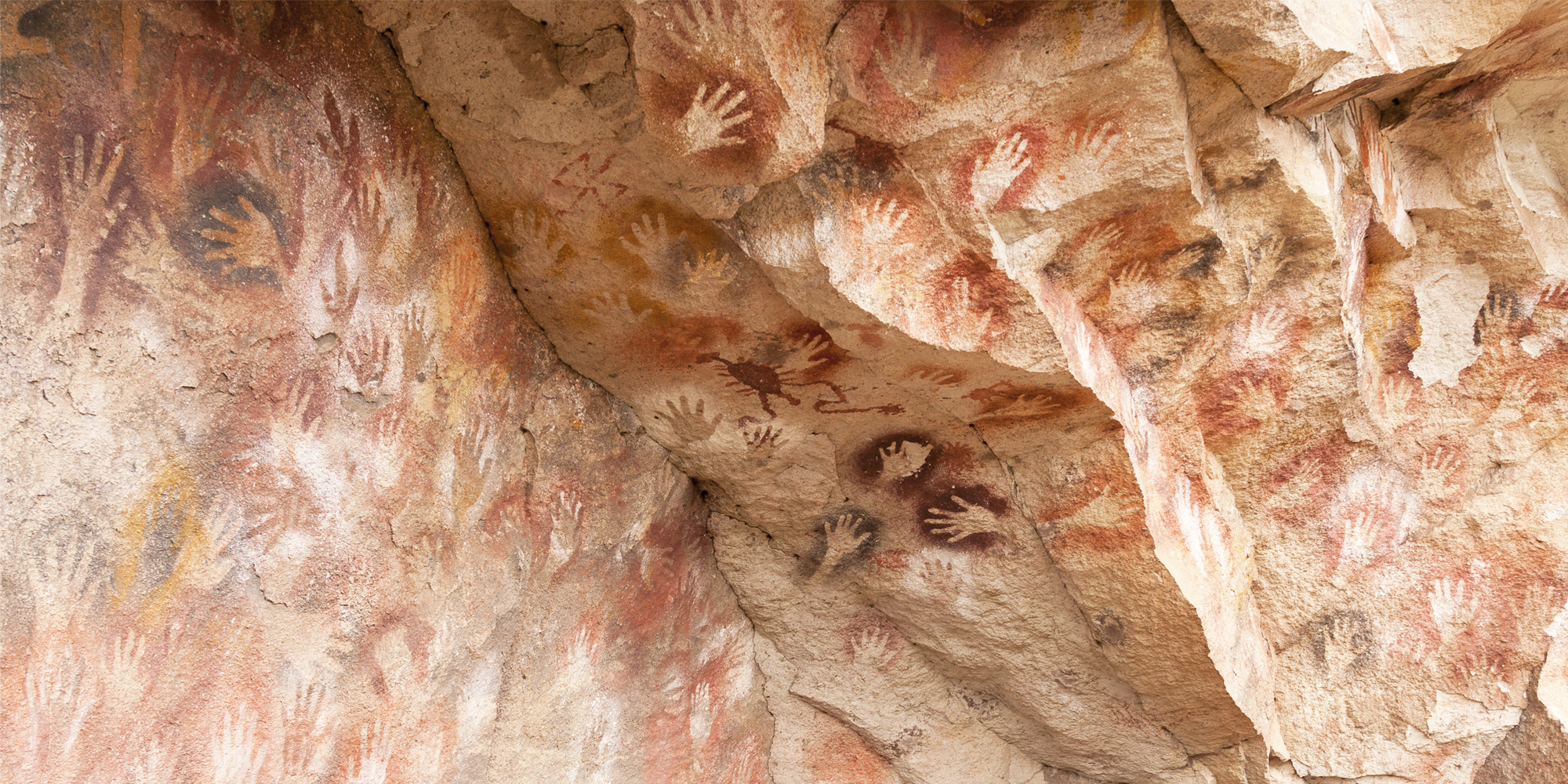Ultra-Dimensional Social Networks: Beyond Three-Dimensional Communication
You might think traditional communication is sufficient, but ultra-dimensional social networks are changing the game. These platforms blend augmented and virtual reality to create immersive experiences you never thought possible. With customizable avatars and real-time engagement, your connections can deepen in ways beyond just text and images. Yet, as these networks evolve, they bring forth new dilemmas worth considering. What could this mean for how we interact moving forward?
The Evolution of Communication in Ultra-Dimensional Networks
As communication technology advances, ultra-dimensional networks are increasingly shaping interactions within virtual environments.
These networks integrate augmented reality (AR) and virtual reality (VR) to facilitate social interactions that are more immersive than traditional platforms. Users interact in real-time with digital representations such as avatars and holograms, which can enhance feelings of presence and connection.
The technological capabilities of ultra-dimensional networks include advanced 3D video and audio, along with interactive live chat features. These tools enable a level of engagement that surpasses what's possible through standard text-based communication platforms. Moreover, the option to create and customize avatars allows users to express their individuality, which can contribute to more personalized and meaningful interactions.
This transition from two-dimensional to three-dimensional communication has implications for various sectors, including education, business, and social networking.
The ability to communicate in ultra-dimensional spaces has the potential to enhance collaboration, improve training environments, and foster deeper connections among users. Overall, the evolution of communication within ultra-dimensional networks signifies a significant shift in how individuals engage with one another in digital contexts.
Understanding the Complexities of Multidimensional Interactions
When examining ultra-dimensional social networks, it becomes evident that interactions extend beyond simple verbal communication. Multidimensional interactions incorporate not only language but also emotional and physical cues, which contribute to more nuanced social dynamics. Cultural contexts play a significant role in shaping how various groups interpret these cues.
Recent studies utilizing advanced modeling techniques indicate that more than 25 latent dimensions are critical for understanding these complexities, although it's important to note that these dimensions capture only a portion of the overall variance.
Heuristics and biases further add to the challenges in comprehending these interactions, underscoring the importance of adopting nuanced methods to adequately analyze the intricate nature of human connections in today’s interconnected environment.
The Role of Technology in Facilitating New Forms of Expression
The evolution of communication methods has been profoundly influenced by advancements in technology, particularly through the development of immersive tools such as virtual reality (VR) and augmented reality (AR).
These technologies enable users to engage in multidimensional interactions by creating and customizing 3D avatars within dynamic virtual environments. This shift toward 3D social networking can enhance user engagement by facilitating real-time chat and interactive experiences designed to mimic face-to-face interactions.
Major technology companies are allocating significant resources towards these innovations, suggesting a strategic emphasis on improving how users connect and share information online. As VR and AR technologies become more integrated into digital platforms, they may lead to new forms of self-expression and representation that compare to the transformative impact of social media in its early stages.
While these developments hold potential for enriching the user experience, it's important to remain cognizant of the challenges they present, including issues of accessibility, privacy, and the digital divide.
Continued research and evaluation will be essential to understand their implications for digital expression and communication practices in the future.
Implications for Social Structures and Cultural Development
The emergence of ultra-dimensional social networks is resulting in notable changes in social structures and cultural development. Immersive technologies allow individuals to create personalized 3D avatars, which can enhance social interactions and facilitate cultural exchanges. This feature enables users to engage in collaborative experiences, promoting inclusivity and representation from diverse backgrounds.
Moreover, the utilization of real-time data exchange is transforming organizational relationships, which has implications for various sectors, including education, marketing, and healthcare. For instance, educational institutions may adopt these technologies to enhance learning environments, while companies can leverage them for improved consumer engagement and marketing strategies.
As individuals interact within these evolving digital ecosystems, we may observe shifts in social norms and behaviors. This evolution could lead to new cultural patterns, necessitating a reassessment of interpersonal connections as society adapts to the complexities introduced by these technological advancements.
Future Possibilities and Challenges in Ultra-Dimensional Networking
As societal dynamics evolve with the introduction of ultra-dimensional social networks, several possibilities and challenges arise that may significantly influence how individuals connect and communicate.
Immersive technologies, such as virtual reality (VR) and augmented reality (AR), enhance user experiences by facilitating more engaging forms of interaction. These technologies allow users to experience a heightened sense of presence and interactivity in their social communications.
However, the implementation of such immersive experiences is hindered by several notable challenges. The financial investment required for advanced hardware can be prohibitive for many users, limiting widespread adoption. In addition, the complexity involved in navigating multi-dimensional spaces may pose a significant barrier to entry for individuals unfamiliar with these technologies.
The shift in social dynamics brought by ultra-dimensional networking also necessitates adjustments in various sectors, including marketing, education, and healthcare. The use of customizable avatars and rich, interactive environments could alter traditional methods of engagement and information dissemination.
For instance, in marketing, the ability to create immersive brand experiences may enhance consumer interaction but also requires marketers to develop new strategies that effectively utilize these technologies.
Addressing these challenges will be essential for optimizing the benefits of ultra-dimensional social networks.
Solutions may involve improving accessibility through reduced costs and enhanced user interfaces, as well as extensive public education on navigating these environments. By tackling these technical hurdles, it may be possible to foster deeper connections and more meaningful interactions in an increasingly digital landscape.
Conclusion
As ultra-dimensional social networks evolve, they redefine how you connect and interact. You'll experience richer, more immersive communications that go beyond traditional barriers, allowing for deeper emotional connections. However, with these advancements come challenges, such as accessibility issues and navigating intricate social dynamics. Embracing these technologies can open up exciting possibilities while also prompting you to consider the implications on society and culture. The future's bright, but it's important to tread thoughtfully as you engage in these new digital landscapes.















